In the following short paper I present the reader with a broad overview of our current times. Our wasteful habits, some of the environmental crises we are facing, and a small introduction to acting on a local level to encourage change. At the end of this essay, I describe one small change I made in my life that adds up to a large amount of garbage saved, pesticides used, and many other benefits. This change was switching from conventional feminine hygiene products to the diva cup, a silicone alternative that does not use cotton (which in turn uses pesticides, mono crops, etc.) and is not a one-time use disposable product. This change has not only lightened my footprint, but it has saved me money, is more sustainable, and is a far superior product in general to the conventional. This goes to show that we are being marketed and sold products that are meant to be single-use, so that we continue to buy. There truly is a science behind consumerism, and all we need to do is seek alternatives, because they are out there.
Professor Glassheim, History 106, April 13th 2015
Local Change Will Prevail
In exploring the topics of climate change, agriculture, energy and cities, I have learned that it is not always the government who tells their society how to best act, but it is the community who decides how to act the best for themselves. When asked if I am pessimistic or optimistic about the future, usually I tend to lean towards pessimism, but as change continues to happen on a local level, I am optimistic that communities will “have the humility (and good sense) to pull away from it’s present course, redefine it’s relationship with the rest of nature, and steer back toward a Holocene-like state of the Earth” (Steffen, 490). Although “our perception of ‘the environment’ [is] heavily mediated by the mass media” (Griffiths, 55), thinking locally will be the only way to see the culture of North-American consumerism change, and with that, a deeper environmental awareness and stewardship.
Richard Louv states that we are “teaching young people to avoid direct experience in nature” (2), and this is one of the main problems in terms of agriculture. Most people today, young and old, do not see, know, or think about where their food comes from or how it is produced. We have taken local agriculture from a solar and muscle powered base and elevated it so that a “high-energy society based on fossil fuels” (McNeill, 25) is the product. However, this ‘elevation’, is not to the top of the podium. Our food has become an algorithm for commodity, and “production, as opposed to maintenance or stewardship, becomes merely logical” (Berry, 2). It will be through local initiatives that we will regain the “ethos of the age” (Courteau, 3) when agriculture came full circle within a society for the better.
It is made clear that “national decision-making remains crucial to global outcomes” (Robin, Sorlin, Warde, 479) when it comes to climate change however, Naomi Klein delves into all the politics of climate change and promotes societies to “disperse and devolve power and control to the community level” (6). Professor Patrick Condon, from the University of British-Columbia writes that
Cities are responsible for 80 percent of all GHG-caused by the way we build and arrange our buildings, by all the stuff we put in them, and by how we move from one building to the next. Since the problem is caused by cities, the solution should be there too (2).
There is no denying a correlation between cities, climate change, capitalism, and consumerism, but Condon is right, the solution is also in the city, on the neighbourhood scale. It is in local communities that the “coherent narrative about the perils of unrestrained greed and the need for real alternatives” (Klein, 4) will arise. An example of this is in Vancouver, with housing prices skyrocketing local homeowners “decided to convert part of their homes for rental” and these “illegal suites” (Condon, 4) soon passed council and were approved. Densification, affordability, and local action all filter into the fight against climate change because they help to improve our sick cities for the better in a time of uncertainty.
Most people often seem the most pessimistic about local change, because they perceive this as too small or insignificant. However, in terms of change, local action has the potential to head sustainability on a global scale. Mike Hulme states that climate change “models and calculations allow for little human agency, little recognition of evolving, adapting, and innovating society” (512), which leaves the community an immense gap to do exactly that – evolve, adapt and innovate. I have become optimistic because as I explore Vancouver and my surroundings, there are community gardens fighting against national food security, or lack there of, there are farmers markets and cyclist lanes and many other avenues to live a sustainable lifestyle. These alternatives to otherwise cheap and easy “inanimate slaves” (Nikiforuk, 21) would not be around if not for a demand, and it gives me great optimism to know that there is, in fact, a demand to “treat nature with renewed respect” (Griffiths, 49).
Before writing this essay, I was going to explore my instinctual pessimistic view of the future, but then something happened. I did something to help, something very small, but as I looked into it, something very big. I have made a change in my lifestyle that eliminates an estimated “250-300 pounds” of garbage each year, which is “a grand total of 62 415 pounds of garbage” (Rastogi, 1) throughout my lifetime. Even better than cutting down on my waste, this change does not require cotton, which adds emissions to the atmosphere because of modern industrial agricultural practices. There are also claims that this change is healthier for me as well, but all in all, I have made a first step to locally helping the amount of waste I let into “land-fills approaching capacity from the solid waste stream” (Rees, 123), and the amount of toxins I decide to let into the atmosphere. This knowledge was so empowering that I would never switch back to my once disposable lifestyle in feminine hygiene products. Wendell Berry says that “to husband is to use with care” (2), and that is how every community should live.
In the past decade, climate change is a touchy subject and not everyone is on the same page. However, it would be wrong if everyone was on the same page, because when you have conflicts, usually you have innovation that arises from the heart of the matter. J. R. McNeill reminds us that: “in the fullness of time there will be other turning points, the nature of which we cannot yet guess” (28). Acting at a local level can produce so much activity and promotion that societies and even cities can begin to live sustainably without the capitalist or authoritative voice of governments. If change is something that we want, we must remember, “culture, after all, is fluid. It can change. It happens all the time” (Klein, 18), and if a community can change their culture, a lot can be accomplished.
Works Cited:
- Andrew Nikiforuk, “The Energy of Slaves,” “Slaves to Energy,” and “The New Servitude,” in his The Energy of Slaves: Oil and the New Servitude (Vancouver:
- Greystone, 2012), 1-29;62-73.
- Condon, Patrick M. Seven Rules for Sustainable Communities Design Strategies for the Post-carbon World. Washington, DC: Island, 2010. Print.
- Dick Courteau, “Horse Power,” Orion Magazine, September/October 2007.
- Franklyn Griffiths, “Camels in the Arctic? Climate Change as Inuit See It: ‘From the Inside Out’,” The Walrus, November 2007: 46-61.
- Mike Hulme, “Reducing the Future to Climate,” The Nation, 9 November 2011.
- J.R McNeill, “The First Hundred Thousand Years,” in Frank Uekoetter, ed., The Turning Points of Environmental History (University of Pittsburg Press, 2010), 13-28.
- Rastogi, Nina. “What’s The Environmental Impact of My Period?” The Green Lantern. Slate.com, 16 Mar. 2010. Web. 2 Apr. 2015.<http://www.slate.com/articles/health_and_science/the_green_lantern/2010/03/greening_the_crimson_tide.html>.
- Richard Louv, Last Child in the Woods: Saving Our Children From Nature-Deficit Disorder (Chapel Hill: Algonquin Books of Chapel Hill, 2008), 1-14.
- Wendell Berry, “Renewing Husbandry,” Orion Magazine, September/October 2005.
- William Rees, “Ecological Footprints and Appropriated Carrying Capacity: What
- Urban Economies Leaves Out,” Environment and Urbanization, vol.4 no.2 (October 1992): 121-130.
- Will Steffen, “The Antropocene” Commentary in L. Robin, S. Sorlin, and P. Warde, eds., The Future of Nature (New Haven: Yale University Press, 2013).
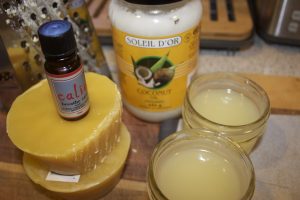
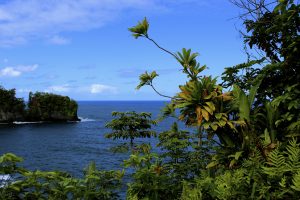 Onomea Bay
Onomea Bay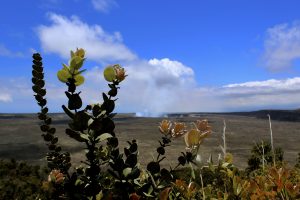 Volcanoes National Park
Volcanoes National Park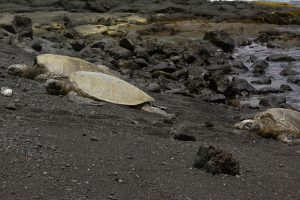 Punalu’u Black Sand Beach
Punalu’u Black Sand Beach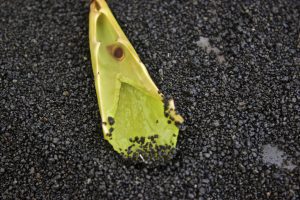 Punalu’u Black Sand Beach
Punalu’u Black Sand Beach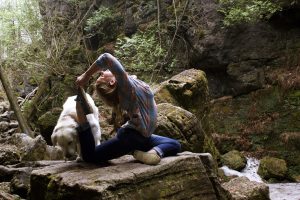
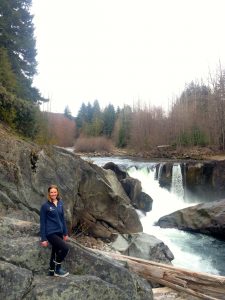
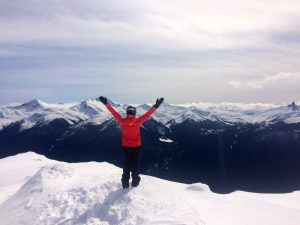
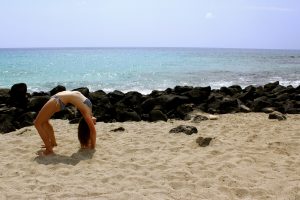
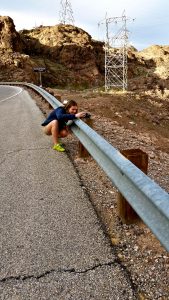 y pictures. I have four large, heavy, filled photo albums that I cherish with all my heart. They chronicle my life, the people in it, and the places I’ve been.
y pictures. I have four large, heavy, filled photo albums that I cherish with all my heart. They chronicle my life, the people in it, and the places I’ve been. 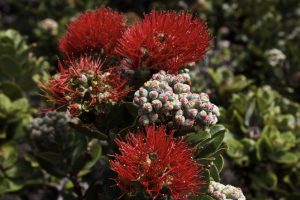 It was only last year, at the end of my third year of university, that my parents bought me a Canon Rebel T5i for my birthday, a real camera! I’m still learning it’s ways, but what I’m concerned on is capturing memories, people, and places. Sure I can be artsy in my content or perspective, but that’s not the priority. I hope to continue to improve in skill, build a collection of lenses that I actually know how to use, and to capture all the beautiful and ugly moments that we all go through in life. To me, that is being a photographer.
It was only last year, at the end of my third year of university, that my parents bought me a Canon Rebel T5i for my birthday, a real camera! I’m still learning it’s ways, but what I’m concerned on is capturing memories, people, and places. Sure I can be artsy in my content or perspective, but that’s not the priority. I hope to continue to improve in skill, build a collection of lenses that I actually know how to use, and to capture all the beautiful and ugly moments that we all go through in life. To me, that is being a photographer.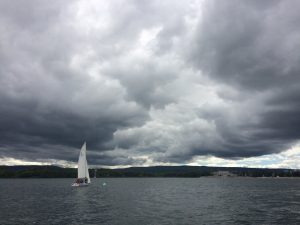 absolutely no sailing experience whatsoever. How would they learn? So there I was, eight years old at the Collingwood Sailing School. It turns out that after a few times taking their boat out, having the mast come down (they broke the automatic furler) as well as almost getting knocked down, they really didn’t like sailing at all. Not to mention my father’s inability to listen to an eight year old, and later on a fourteen year old, and still further an actual sailing instructor. But on the other hand, I fell in love! I spent the past six summers coaching sailing at that very same place I started, spent two full summers before that volunteering, and the previous five years going through my levels. I have been around the Collingwood Sailing School so long that students I taught their levels to are now coaching themselves. It has turned out to be an immense part of my life, and for that, I have only my parents to thank for not wanting to learn themselves! Luckily for me, they never sold the bought they bought, and it took them until I was 19 years for them to let me use!
absolutely no sailing experience whatsoever. How would they learn? So there I was, eight years old at the Collingwood Sailing School. It turns out that after a few times taking their boat out, having the mast come down (they broke the automatic furler) as well as almost getting knocked down, they really didn’t like sailing at all. Not to mention my father’s inability to listen to an eight year old, and later on a fourteen year old, and still further an actual sailing instructor. But on the other hand, I fell in love! I spent the past six summers coaching sailing at that very same place I started, spent two full summers before that volunteering, and the previous five years going through my levels. I have been around the Collingwood Sailing School so long that students I taught their levels to are now coaching themselves. It has turned out to be an immense part of my life, and for that, I have only my parents to thank for not wanting to learn themselves! Luckily for me, they never sold the bought they bought, and it took them until I was 19 years for them to let me use!